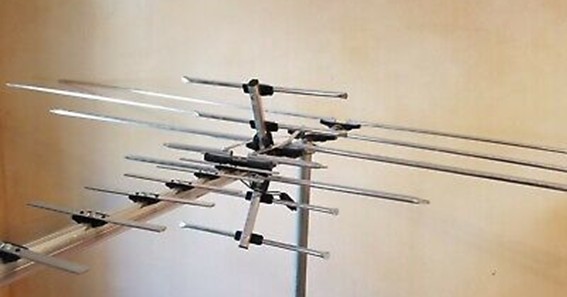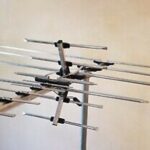If you’re passionate about FM radio but struggle with weak signals or limited station access, a long range FM radio antenna can be a game-changer. Designed to capture distant broadcasts with clarity, these antennas are essential for enthusiasts seeking superior audio quality and a broader selection of stations.
Why Choose a Long Range FM Radio Antenna?
Standard FM antennas often suffice for local stations, but for those aiming to access broadcasts from farther afield, a long range antenna offers:
- Extended Reception: Capture stations located 50 miles away or more, depending on terrain and atmospheric conditions.
- Enhanced Audio Quality: Reduce static and interference for clearer sound.
- Access to Diverse Content: Tune into a wider array of music, news, and talk shows beyond your immediate area.
Top Long Range FM Radio Antennas
1. Channel Master FM Antenna
- Features: Optimized for both standard FM and HD Radio signals, this antenna is designed for outdoor or attic installation.
- Reception Range: Capable of receiving signals from broadcast towers located more than 50 miles away.
- Design: Durable construction with a heavy-duty matching transformer for easy connection to audio receivers or FM radios.
- Installation: Can be mounted outdoors or in the attic for optimal performance.
2. Pixel Technologies AFHD-4 Antenna
- Features: Delivers best-in-class AM/FM and HD Radio reception over a single RG-6 cable.
- Reception Range: FM Stereo up to 80 miles, FM HD up to 50 miles, AM Mono up to 90 miles, and AM HD up to 50 miles.
- Design: Low-profile, omnidirectional antenna suitable for outdoor or attic installation.
- Installation: Includes mounting hardware and accessories for easy setup.
3. Stellar Labs 30-2435 Outdoor FM Antenna
- Features: Omnidirectional design for broad signal reception.
- Reception Range: Users report effective reception even in challenging locations, such as areas shielded by hills or located 40 miles from broadcast antennas.
- Design: Compact enough for indoor attic installation, yet sturdy for outdoor use.
- Installation: Easy assembly with simple instructions.
Installation Tips for Optimal Performance
- Location Matters: Install the antenna as high as possible, preferably on a rooftop or in an attic, to minimize obstructions.
- Orientation: For directional antennas, point them towards the desired broadcast towers. Omnidirectional antennas require less precise positioning.
- Use Quality Cabling: Employ high-quality coaxial cables to reduce signal loss.
- Avoid Interference: Keep the antenna away from large metal objects and electronic devices that may cause interference.
- Secure Mounting: Ensure the antenna is firmly mounted to withstand weather conditions if installed outdoors.
FAQ
1. Can I use a long range FM antenna indoors?
Yes, some long range FM antennas are designed for indoor use, particularly in attics. However, outdoor installation typically offers better reception due to fewer obstructions.
2. Will a long range FM antenna improve reception in urban areas?
While these antennas can enhance reception, urban environments with tall buildings may still pose challenges. Positioning the antenna higher and away from obstructions can help.
3. Do I need a special receiver for HD Radio signals?
Yes, to receive HD Radio broadcasts, your receiver must be HD Radio compatible. The antenna will capture the signal, but decoding requires appropriate hardware.
4. How do I know which direction to point my directional antenna?
Use online tools or apps to locate nearby FM broadcast towers. Align your antenna towards the desired station’s tower for optimal reception.
5. Is professional installation necessary?
While many antennas come with installation guides, if you’re uncomfortable with heights or electrical components, hiring a professional is advisable.
Investing in a long range FM radio antenna can significantly enhance your radio listening experience, providing access to a broader range of stations with improved sound quality. By selecting the right antenna and ensuring proper installation, you’ll enjoy clearer broadcasts and a richer array of content.










